Track By Track - Tusk - Over and Over
Examining Fleetwood Mac's "Tusk": Beyond the Kleenex Box Snare Drums. An album so divergent from Rumours that it left fans and critics alike bewildered..

As I've delved into the music of the 70s and 80s to enrich my own artistic endeavors and get a deeper grasp of modern influences, Fleetwood Mac has consistently beckoned for a deeper dive. Like many Americans who came of age in a certain era, I can practically recite "Rumours" in my sleep. And yeah, I'm familiar with the chart-topping singles from other phases of their career, and I, like most red blooded Americans with parents of a certain age, know Rumours by heart. I know the singles from the other eras and the Tusk tunes from the 1980 “Live” record and all the Stevie Nicks bangers ex-girlfriends play in your car and were haunting men with; way before Taylor Swift had a tear to ricochet. Perhaps uniquely I grew up seeing Peter Green era bootlegs on the TV but without the lore I’d usually get with Zep or Floyd.
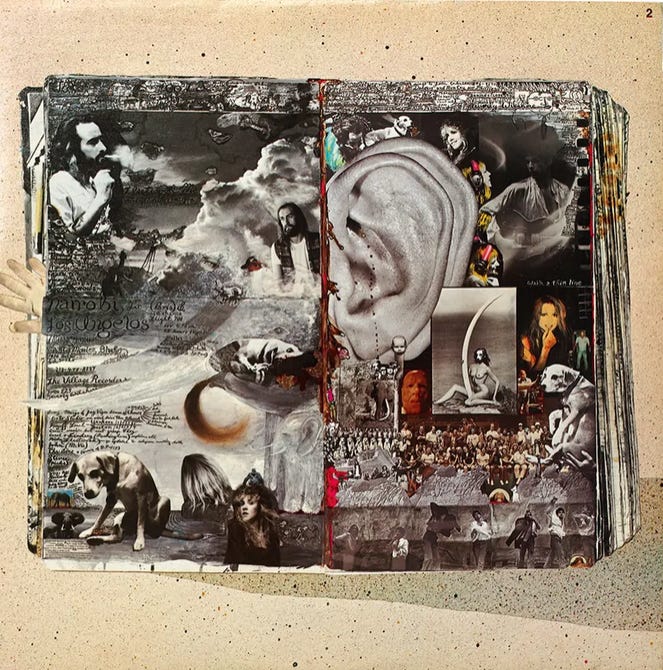
Homemade Drum-Kits
When a friend nudged me to listen to Fleetwood Mac's 1979 behemoth "Tusk," I was initially taken aback by the stories surrounding it. There's Lindsey Buckingham, with his DIY drum kits made out of Kleenex boxes, getting lost in what many describe as a drug-addled creative abyss. There's also a clear push to rebel against the pristine production quality that defined the musical landscape of the late 70s. Buckingham himself giving; "We're only in it for the music, man” type vibes.
Essentially this is an album that seemed to be actively at odds with its own era, leading one to wonder what on earth motivated such a radical departure. But if you push past these compelling yet distracting details, you uncover a work that stands the test of time not in spite of its peculiarities, but because of them. I'm applying the same track-by-track analysis that I used for my reviews of Taylor Swift's "folklore" and "evermore" albums, and let me tell you, "Tusk" deserves nothing less than that kind of meticulous attention. There’s a Music Video but your ears want the 2015 remaster.
It's an album that disrupts expectations and, in doing so, gives us a fuller picture of what Fleetwood Mac could be as artists. In the quest to understand where we are today, and to expand my own creative horizons, these are the kinds of unlikely hits and deep cuts that can offer unexpected insight and inspiration.

The Allure of Los Angeles: Before "Tusk"
In the late 1960s and early 1970s, Los Angeles was the Mecca for American rock music. Whether you were an up-and-coming artist like Joni Mitchell or Neil Young, or a fledgling band like The Eagles donning double-denim and guitars, LA was the place to be. This allure also gripped Fleetwood Mac, a British blues band in search of rejuvenation. Their previous album, "Rumours," was a sonic love letter to California—a work so intrinsically tied to the Golden State that it the joke of the day was it demanded to be paired with a set of sunglasses and a poolside ice bucket.
From "Rumours" to "Tusk": The Unexpected Leap
Then came "Tusk," an album so divergent from its predecessor that it left fans and critics alike bewildered. Mojo magazine once described it as “one of the greatest career sabotage albums of all time,” an assessment based on its lo-fi production, eccentric song choices, and high-concept ideology. It seemed as if the band was actively working to subvert their brand; "Tusk" wasn’t just a departure from "Rumours," it was a negation. If "Rumours" screamed "We are Fleetwood Mac," then "Tusk" countered with a defiant whisper, "Or are we?"
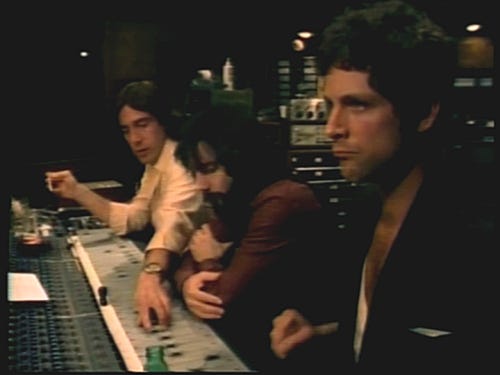
Unforgettable Crescendos
Instrumentation on "Tusk" also exhibits rich textural layering. In "Over & Over," a low bass synthesizer evokes a Pink Floyd-like atmosphere, complemented by McVie's Hammond organ and John McVie's bass. Mick Fleetwood's transition from cymbal swells to full drum fills lends the track its dynamic crescendos, is to be highlighted and listened for, you’ll thank me later.
Breaking Down "Over & Over"
Here we start off the grand experiment with "Over and Over," the opening track that Lindsey Buckingham himself described as a bridge between the conventional and the experimental realms of "Tusk." Christine McVie, already a competent songwriter by this point, delivers a ballad that can only be described as quintessentially 70s—smooth, sun-drenched, and emotionally resonant. Yet, it is Lindsey Buckingham and Stevie Nicks who push her to new heights.

Fleetwood Mac - “Live” (official release 1980)
The interplay between Lindsey Buckingham and Christine McVie on "Over & Over" is one of those unsung marvels that doesn't get the attention it deserves. The synergy between the two reaches an apex in the 1980 live rendition, a performance I hold dear, partly because it took place at the Kemper Arena in Kansas City—a venue that hosted numerous shows I attended until its 2008 renovation. The 2021 edition added even more remastered versions from this show previously available only in bootleg.

Tasty Slide
What really catches my ear is Buckingham's guitar work, from his muted acoustic strumming to that unexpected foray into slide guitar. That slide, which doesn't often feature in Buckingham's toolbox, adds a resonant emotional layer to the song. It's as if he's saying things with his guitar that words alone can't express, or he's holding in, which, let's face it, is quite possible given the band's internal dynamics.
Buckingham's virtuosity dovetails beautifully with McVie's sonorous contralto, enhancing the song's emotional tenor. His decision to employ the slide technique is an inspired touch; and a nod to the Fleetwood Mac legacy, echoing McVie's earlier work on "Warm Ways." The ease with which Buckingham transitions from slide to finger-picked Stratocaster in the song showcases not just his technical prowess. Growing up, I consumed a steady diet of Guitar magazines, and it irks me that Buckingham's contributions were apparently sidelined. This is a person whose guitar work—effortless, intuitive, and yes, eclectic—deserves far more recognition than it often gets.
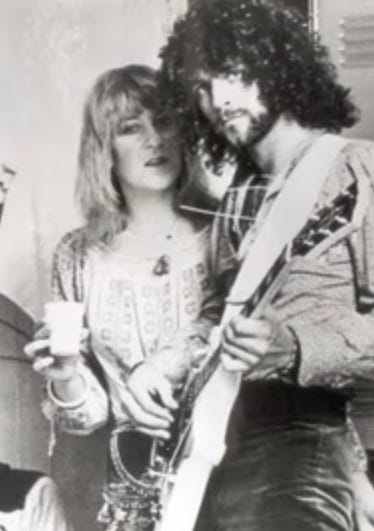
A Delight
“Over and Over” serves as an aperitif for the auditory feast that follows, a stripped down yet deliberate composition that eases us into the sonic exploration to come on this album flowing with experimentation. It also introduces the thematic expanse that spans the album— that Mac hallmark of relationships fraught with uncertainty yet not yielding to departure but a loyalty and authenticity missing from today’s plastic era.
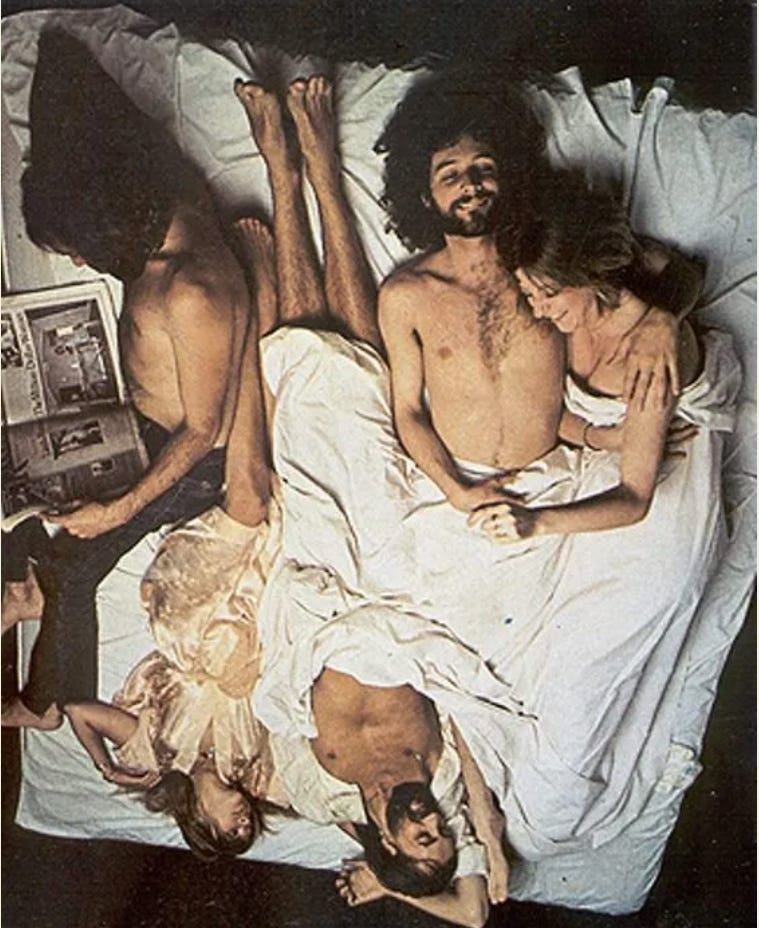
A Familiar Starting Point
In the 2015 reissue liner notes, Buckingham noted that "Over and Over" possesses a familiarity, drawing on elements reminiscent of earlier Christine McVie songs. It brings us comfort before the plunge into the uncharted waters this album explores, yet comfort should not be mistaken for complacence. This track has a purpose - a strategic role in giving us a reference point to cling to.
Raw and Relatable
Unlike many overproduced songs that often lose their essence in a sea of effects, "Over and Over" is kept deliberately raw, yet not to the degree of the Lindsey tracks we will soon here. This lack of excessive gloss plays a significant role in enhancing the song's emotional impact. Christine McVie's lyrics focus on the volatility of relationships, epitomized by the line, "What can I do to keep you around?" The song captures a poignant moment that most, if not all, have faced in relationships: the questioning of one's role in a partnership and the future it holds.
The McVie Relationship Lens
Fleetwood Macs songs served as group therapy Mick famously alluded and indeed most of Christine McVie's songs delve into romantic relationships, often portraying her willingness to make concessions for an emotionally distant partner. This thematic codependent-lite consistency is evident in her other songs like "Don't Stop" and "Say You Love Me." Given that McVie dated Beach Boys drummer Dennis Wilson around the time "Tusk" was released, it's possible that "Over and Over" is a reflection of her relationship with him.

Subtle References
Towards the end of the song, Buckingham references The Beatles' “Come Together” with his guitar licks, suggesting a possible tribute or influence. To be a fly on the wall on the session where that was decided… This adds another layer of richness to the song, which, contrary to what one might expect from an opening track, feels like it could even serve as a grand finale. It’s not the obvious choice, but the more I listen the more convincing it is as a vibe setter.
A Tale of Unexpected Collaboration
An intriguing episode during the recording was the involvement of Dennis Wilson of the Beach Boys. Despite initial skepticism, Wilson's suggestions for the track were not just accepted but celebrated. From urging McVie to explore softer background vocals to suggesting changes in the chords, Wilson's insights enriched the song significantly. This unscripted collaboration reaffirms that "Tusk" was a project open to a variety of influences, even if they came from unexpected quarters.

A Lesson in Harmonies
The attention to detail extends to the vocal harmonies as well. Rather than letting the singers improvise, Buckingham took a more calculated approach. Sitting at the piano, he plotted the harmonies to ensure that the notes sung by Stevie and Christine formed a perfect chord. This meticulous crafting of harmonies added yet another layer of depth to the album, further contradicting the notion that "Tusk" was a haphazard endeavor.
Double Platinum
It's important to clarify that the gritty stories describing "Tusk" as a flop in passing, doesn't align with its actual achievements. With two Top 10 hits and a double platinum sales status, it reached number four on the U.S. album charts and took the top spot in the United Kingdom. While it may not have replicated the commercial success of its predecessor, "Rumours," these accomplishments are hardly what one would classify as a failure.
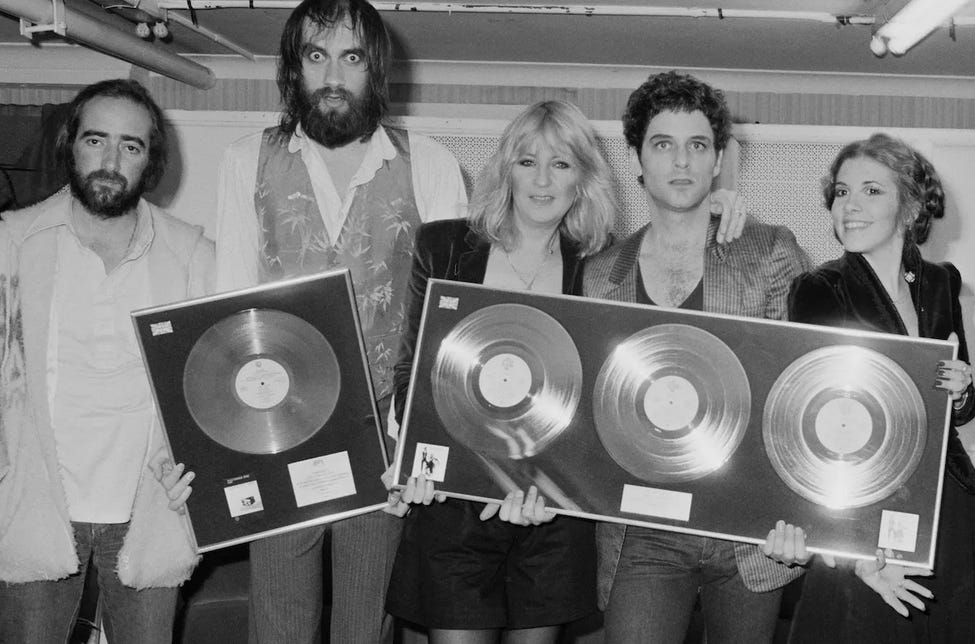
The Making of Tusk Documentary
All I can find is this on youtube where the resolution is so abysmal it feels like the footage was salvaged from a VHS tape that met the underside of a garbage truck, perhaps handed down from a series of uncles, but I do believe we all have easy access nowadays to the elusive 1980 Fleetwood Mac documentary, The Making of Tusk. This one-hour chronicle is fascinating and something the band would rather vanish from public memory. It pairs nicely with Ken Caillat’s written account and and a few other inspiring items I’ll call out as we go along.
Beyond the Sensationalism
While the sensational stories surrounding its production are certainly intriguing, "Tusk" is deserving of a more nuanced conversation that takes into account the intricacies of its artistic process. This album was not an exercise in self-indulgence or rebellious whimsy but a work where meticulous planning, unexpected collaborations, and creative genius converged. Sometimes the brilliance isn’t prepacked and sheen its deconstructing the whole thing and putting it back together piece by piece. It's time to view "Tusk" not as the "great album that never was," but as the masterpiece that it actually is, resplendent in all its contradictions and harmonies.



Comments ()